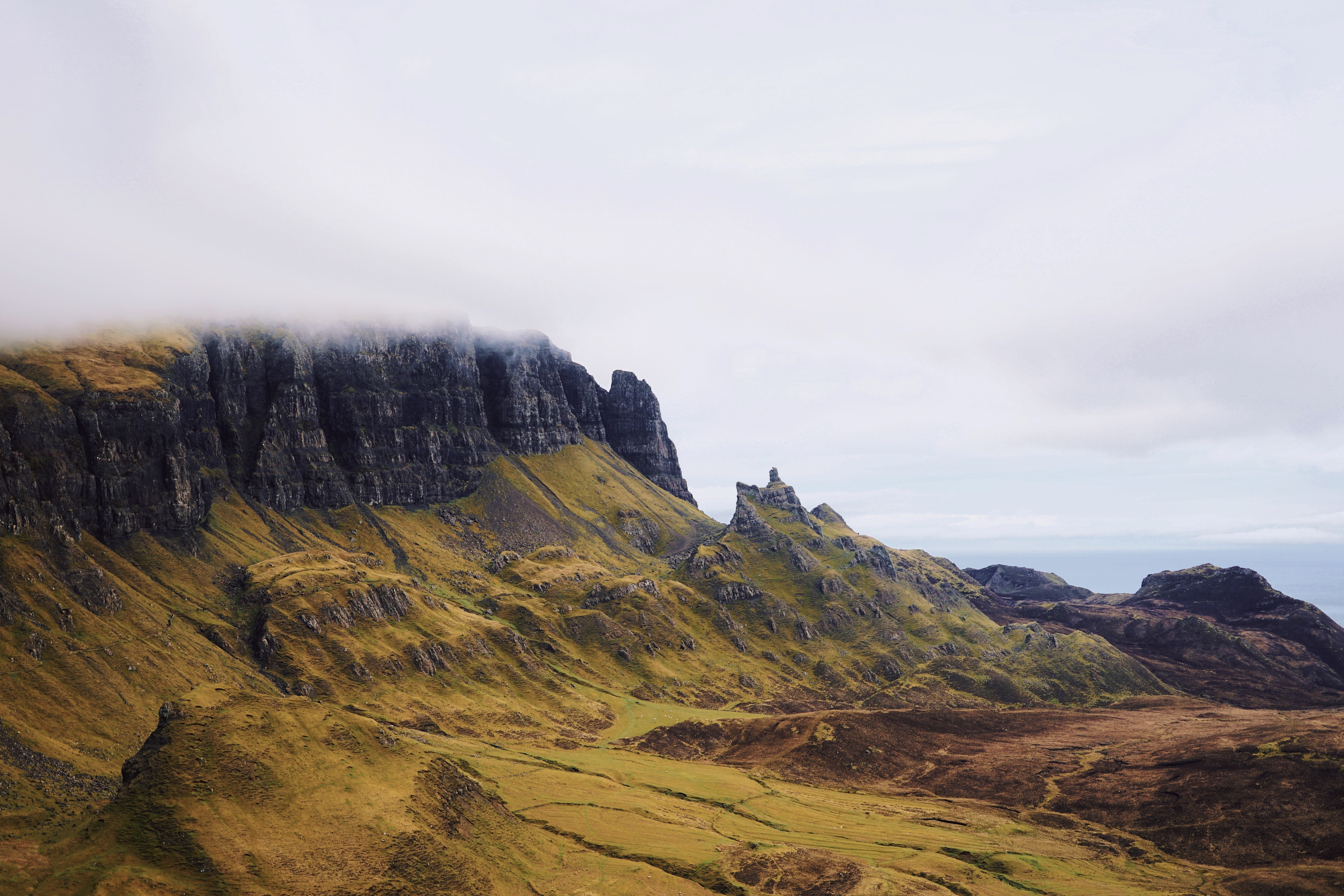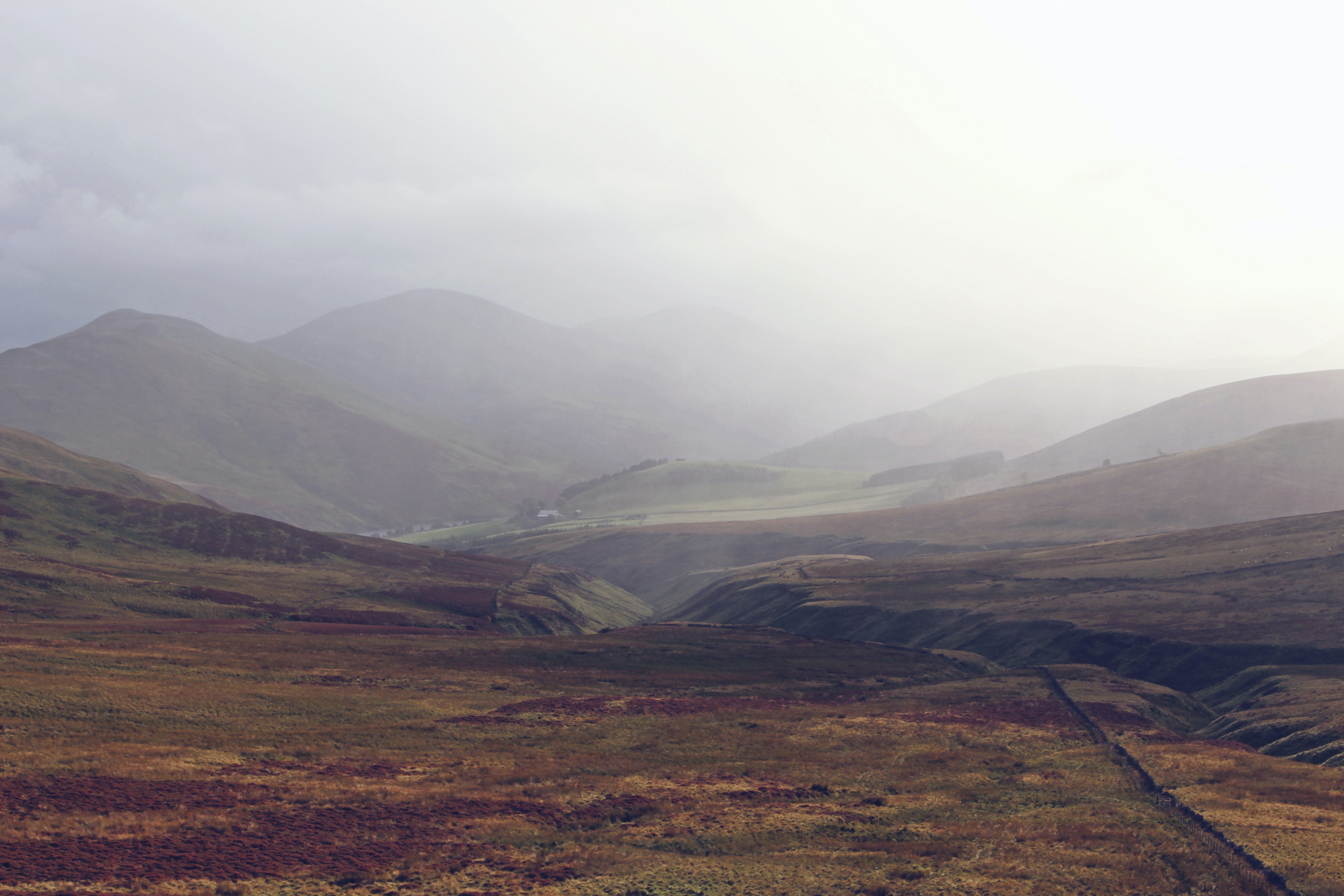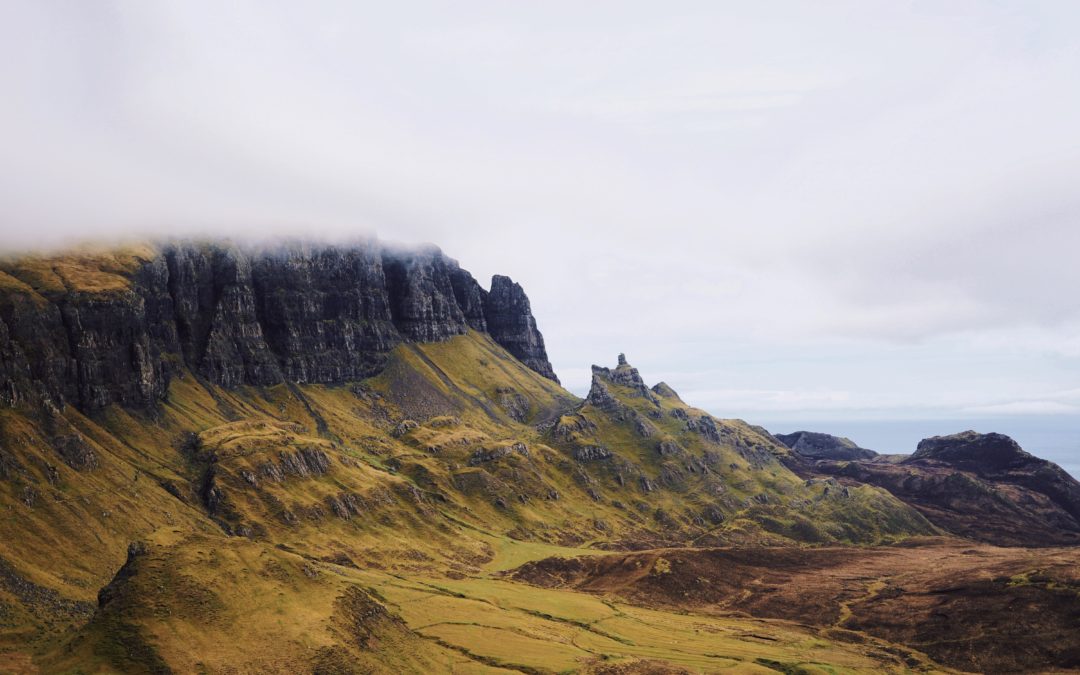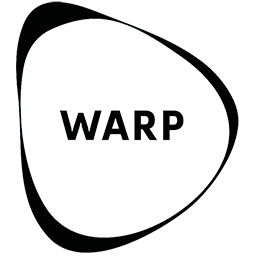
A year ago, the Scottish community Langholm bought 2100 hectares of land from the Duke of Buccleuch. Now, thanks to fundraising, they have been able to double the amount of land they own. They now own more than 4200 hectares of land.
Now that they have secured this amount of land on precious peatland, it maximizes the benefits of the Tarras Valley Nature Reserve for the people, nature and climate.
“This is about a grassroots fightback against the climate emergency and biodiversity crisis, and helping to create a better future,” says Jenny Barlow, estate manager of the reserve.
“It’s been a rollercoaster, but the generosity and unwavering support of so many wonderful donors and volunteers have got us over the line in the nick of time.”
It isn’t that common for land in Scotland to be community owned. About 200,000 hectares of Scottish land (around 3 per cent) is under community ownership. In June, Barlow spoke to Euronews.green:
“It’s a long-term shift, because there’s been one landowner that’s owned all the land around here for centuries. So it’s quite a shift in terms of how people see it,” she said. “We’ll know we’ve got there when people start to say ‘This is ours, it’s not theirs, it’s ours.”
The land which has been bought from the Duke of Buccleuch is located on very valuable peatland and one of the UK’s biggest stores of carbon. Other than that, the Langholm Initiative’s ecological project is a long term game, but they have already started to see species return and many of them haven’t been spotted in decades.
Project’s like this one, which ensures nature to be able to rebalance and restore, can help a greener and more sustainable future come sooner.
Read the previous article about The Langholm Initiative here:







